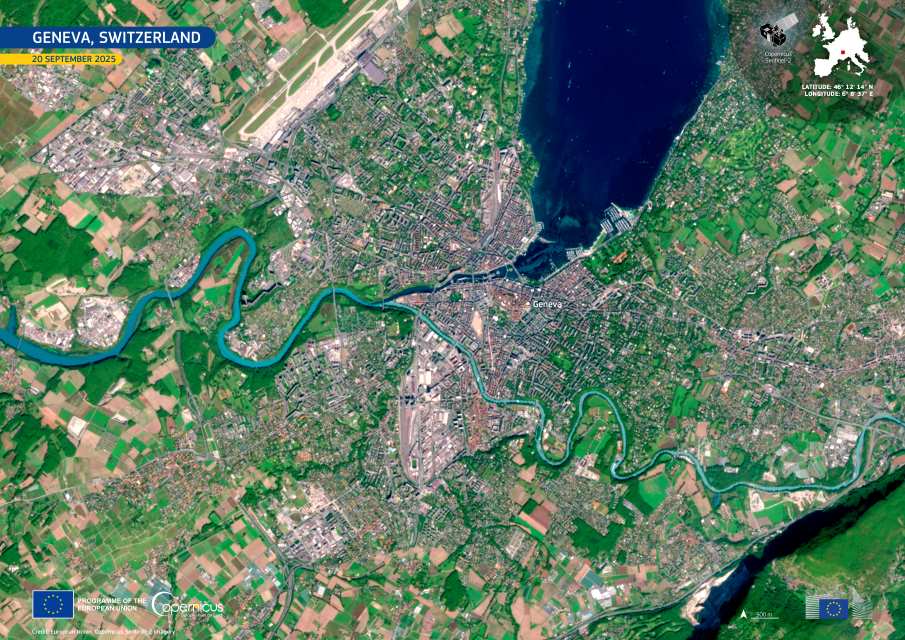Every autumn, Japan’s landscapes are transformed as the kōyō season turns leaves from green to vibrant shades of red, orange, and brown. This annual change has inspired the centuries-old tradition of momijigari, or “maple viewing,” where people travel to parks, forests, and mountain valleys to enjoy the seasonal colours and celebrate them in poetry, art, and seasonal foods.
This Copernicus Sentinel-2 image from 17 November 2025 shows the autumn colours sweeping across Honshu Island’s mountainous interior. Ridges and valleys are traced in red and orange, while higher peaks are dusted in white snow. The Tokyo metropolitan area appears in grey to the south-east, contrasting with the surrounding forests and agricultural plains.

Kōyō timing varies across the country, beginning in northern and high-altitude regions before progressing southward. On Honshu, November often marks the peak of the season in interior mountain ranges, where clear skies and cool nights intensify the reds of maples, the golds of ginkgo, and the browns of oaks.
Beyond their visual impact, seasonal shifts like these can be tracked from space. Copernicus free and open data support monitoring of vegetation, land use, and environmental conditions, providing insight for sustainable planning in areas where forests, farmland, and urban development coexist.
Featured image credit: European Union, Copernicus Sentinel-2 imagery



